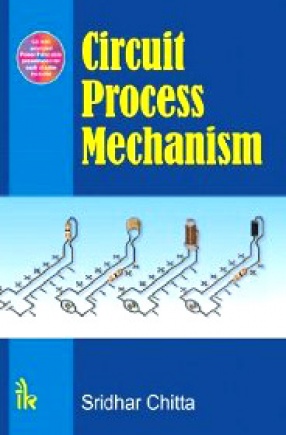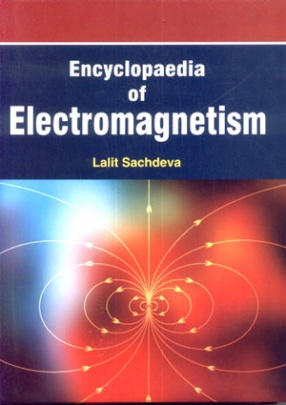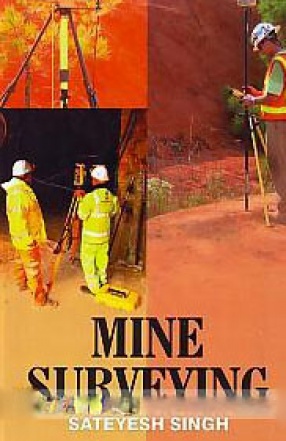This book deals exhaustively with electrical and electronic circuit processes. Most textbooks neither describe accurately nor precisely the mechanism of the processes in the operation of electrical and electronic circuits. Common misconceptions that are dispelled in the book are: the electric field inside a metal is always zero (even when the system is not in static equilibrium); drifting electrons push each other through a wire just as water molecules push each other through a pipe (despite charge neutrality inside the metal); there cannot be any potential difference across an open switch because V = IR, and there is no I; electrons travel at the speed of light in wires; a circuit requires two separate wires for operation. The contents provide an accurate and correct viewpoint of these very fundamental electric and magnetic processes. Every case has been dealt so that a present-day electrical and electronic engineer understands these physical and applied aspects at the first level before he/she studies topics of electromagnetic field theory and electrical circuits or networks. Electrostatics and electric circuits belong to one science and the contents of the book are vital to bridge the gap that present curricula have created between them. Based on latest research findings that unify the two concepts, using vivid multiple image illustrations, the student is guided smoothly through the topics on the mechanism of conduction, operation of capacitive and inductive circuits subject to steady and alternating voltages; operation of motors, generators, microphones and loudspeakers and p-n junctions. The chapters combine text with several illustrative figures and derivations of formulae. The animated power point slides (included in the accompanying CD) cover every pertinent principle that will aid readers in visualizing circuit processes. The contents of the chapters are aimed to develop a strong sense of feel of the mechanism of electric and electromagnetic phenomenon, the important role of electric fields in circuit processes and the transport of energy in circuits. They enhance analytical ability and reasoning skills in solving electric and electronic circuit problems. With critical inputs and encouragement from renowned Professors Hermann Haertel, Bruce A. Sherwood, David Griffiths, Norris W. Preyer, Satyabrata Jit and Dipankar and several other experts in this important field, the book is strongly recommended for basic electrical and electronics courses as a text to give students a conceptual and physical basis of electric and magnetic fields.
Circuit Process Mechanism
In stock
Free & Quick Delivery Worldwide
reviews
Bibliographic information
Title
Circuit Process Mechanism
Author
Edition
1st.ed.
Publisher
ISBN
9789381141434
Length
xvii+414p., Illustrations; 25cm. + 1 CD ROM.
Subjects





There are no reviews yet.